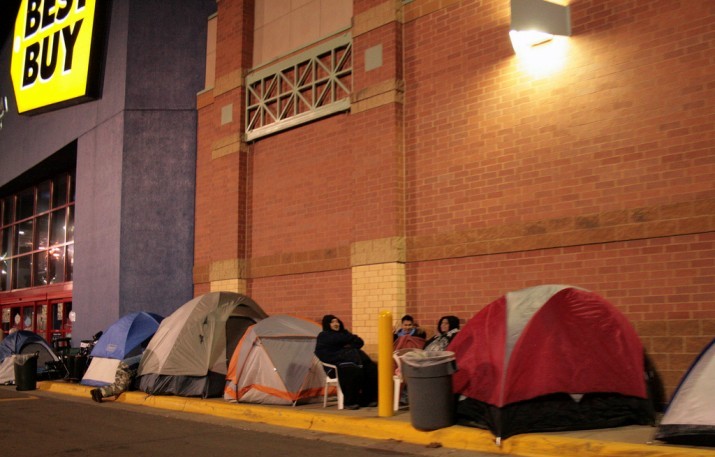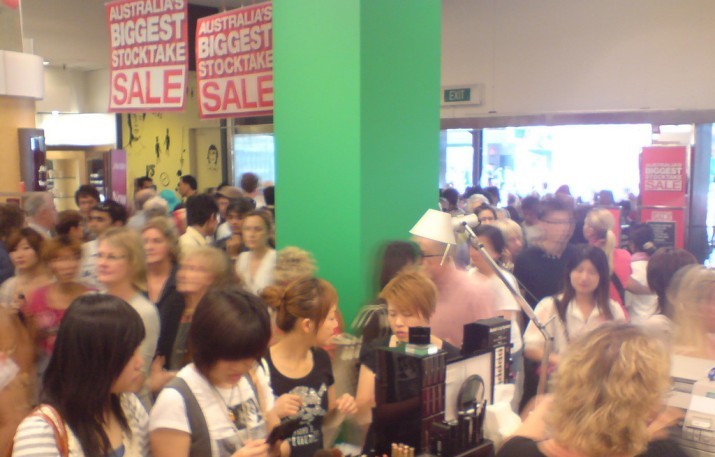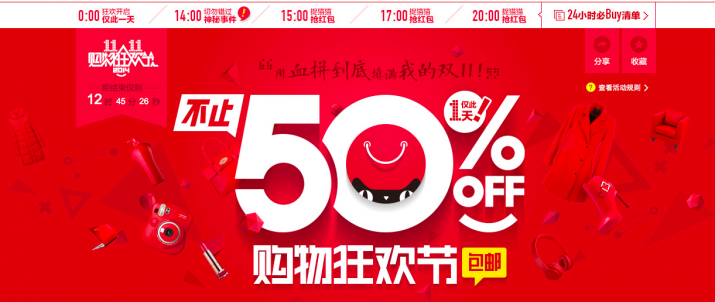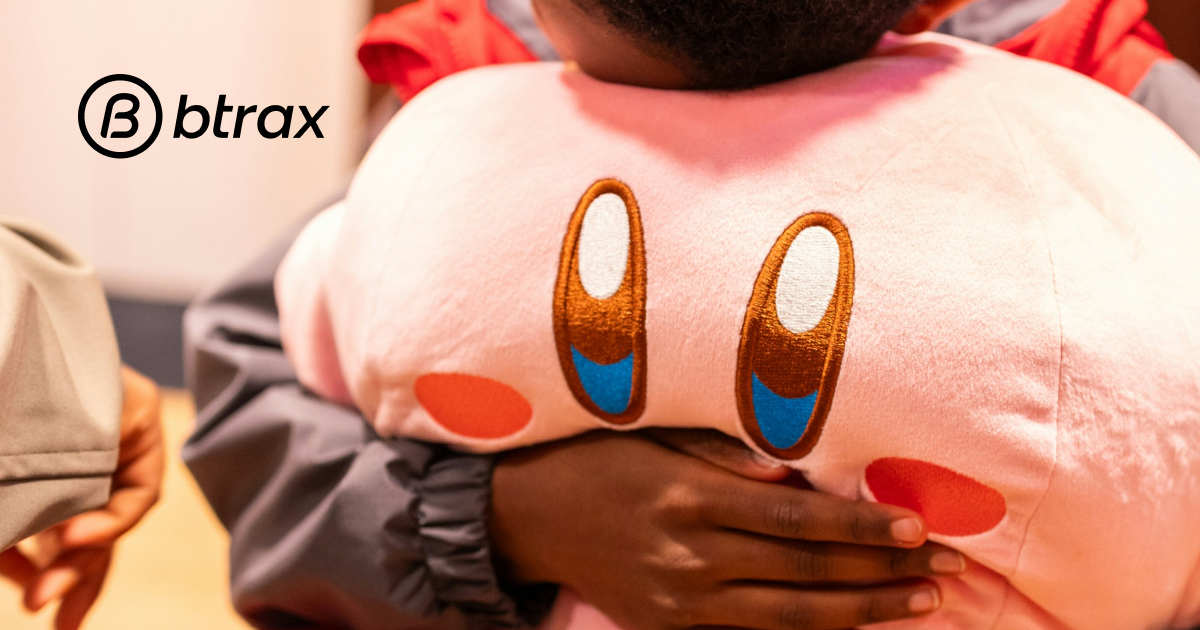
Btrax Design Company > Freshtrax > Why You Should ...
Why You Should Sell Internationally During the Holiday Season
This article was originally posted on Gengo’s blog.
While the online holiday shopping season in the US lasts from Thanksgiving through Christmas, the global season is much longer, kicking off in early November and ending around February.
As more people worldwide shift their shopping habits, traditional holidays and the weeks leading up to them have become prime online shopping time. To prepare, take a look at the season’s top global holidays.
Shopping holidays around the world
In recent years, major shopping days Black Friday and its internet-only counterpart Cyber Monday have transformed into international holidays, now familiar to people in the UK, Italy, Spain, Canada, Chile, Colombia, Germany, Ireland, Japan, Portugal and beyond.
While Black Friday is historically a day for in-store doorbuster-style promotions, online discounts that last through the weekend are now standard.

People camping outside of Best Buy in the early hours of Black Friday (Photo by: David Haines)
Similar to Black Friday and Cyber Monday, Australians catch deals to jumpstart the holiday season during Click Frenzy (November 18), an online megasales event where retailers join to offer major promotions.
Because November is the peak month for Australian internet sales, Click Frenzy is a great opportunity for Australian and overseas retailers—despite preferring to buy from Australian brands, Australians make a significant proportion of purchases with overseas companies.
 Photo by: Eva Rinaldi
Photo by: Eva Rinaldi
Promotions aside, the natural peak sales day for shoppers around the world actually falls on the second Monday in December, known as Green Monday. It’s not as important for US retailers as Cyber Monday, but is a critical sales day in Germany, the Nordic countries, the Netherlands, Switzerland, Austria and Japan.
In the UK, Canada and some states of Australia, Boxing Day (the day after Christmas) is the biggest shopping holiday of the year, much like the way Black Friday is in the US. In Canada, it isn’t uncommon for long lines to form outside of shops in the early hours of December 26, especially for consumer electronics retailers.
 Boxing Day sale in Australia (Photo by: Alpha)
Boxing Day sale in Australia (Photo by: Alpha)
In Japan, the biggest sale of the year is the New Year’s sale (hatsu-uri). All over Japan, people line up in front of stores on January 2 or 3 to take advantage of the first deals of the year, and to buy something called a “lucky bag” (fukubukuro).
Lucky bags contain a surprise combination of items from the store that people can buy at discounted prices. Some brands market limited edition items only available through the lucky bag to help boost sales. Even Apple has its own lucky bag.

People lining up for lucky bags in the new years in Japan (Photo by: Chris Donnelly)
Other holidays to put on your radar? Diwali, India’s largest holiday and shopping period, is the earliest of all of major shopping-heavy holidays. This year, the five-day festival of lights begins in late October, and retailers like India’s Flipkart and Amazon.in run large seasonal promotions.
Many lucrative global holidays also fall outside of the year-end months, like Les Soldes in France, two six-week sales seasons in summer (June-July) and winter (January-February).

Shopping for Diwali (Photo by: Matt Werner)
The largest online shopping event of them all, however, is China’s Singles Day (November 11). Thanks in large part to Alibaba, Singles Day generates more money than America’s Cyber Monday and Black Friday combined.
On 11.11, as it’s called, both China-based retailers and marketplaces like Jingdong, Suning and Alibaba’s Tmall and Taobao will offer discounts of at least 50% off to shoppers alongside international brands like Gap, Adidas and Microsoft.
Selling abroad
It’s clear that November through February is critical for online ecommerce sales around the world, but how should you prepare for the season? Selling internationally takes work, but isn’t as hard as it may seem—as long as a site is accessible in their language and serves their area, most online shoppers are more than willing to buy gifts from overseas.
Here are some tips for ecommerce retailers both big and small:
- Optimize your site from top-to-bottom for multilingual shoppers and multiple devices, whether you’re purely an online retailer or mostly sell from brick and mortar stores. Offer detailed product listings and high-converting user reviews in all supported languages for comparison-shopping customers
- Start early and plan extensively to offer international shoppers fully localized online experiences, down to the tiniest buttons and automated messages
- Know which holidays are hot in international markets and craft targeted, localized campaigns around these key dates
If you’re not ready to sell abroad this season, remember that it’s never too early to start preparing for 2015. Even the smallest online retailers can benefit from inching beyond their borders.
 |
Sarah Siwak – Guest Contributor
Sarah Siwak manages content creation for Gengo‘s marketing team. A native Detroiter and fluent trilingual, she’s passionate about finding creative ways to communicate ideas across different media and languages. You can reach her through email or the Gengo blog. |
Photo by: Martin Abegglen
About Gengo
Based in Tokyo and the US, Gengo’s people-powered translation platform helps the world read and publish across languages, with one click. With tens of thousands of pre-tested translators worldwide, customers can translate across 37 languages online and via API.








